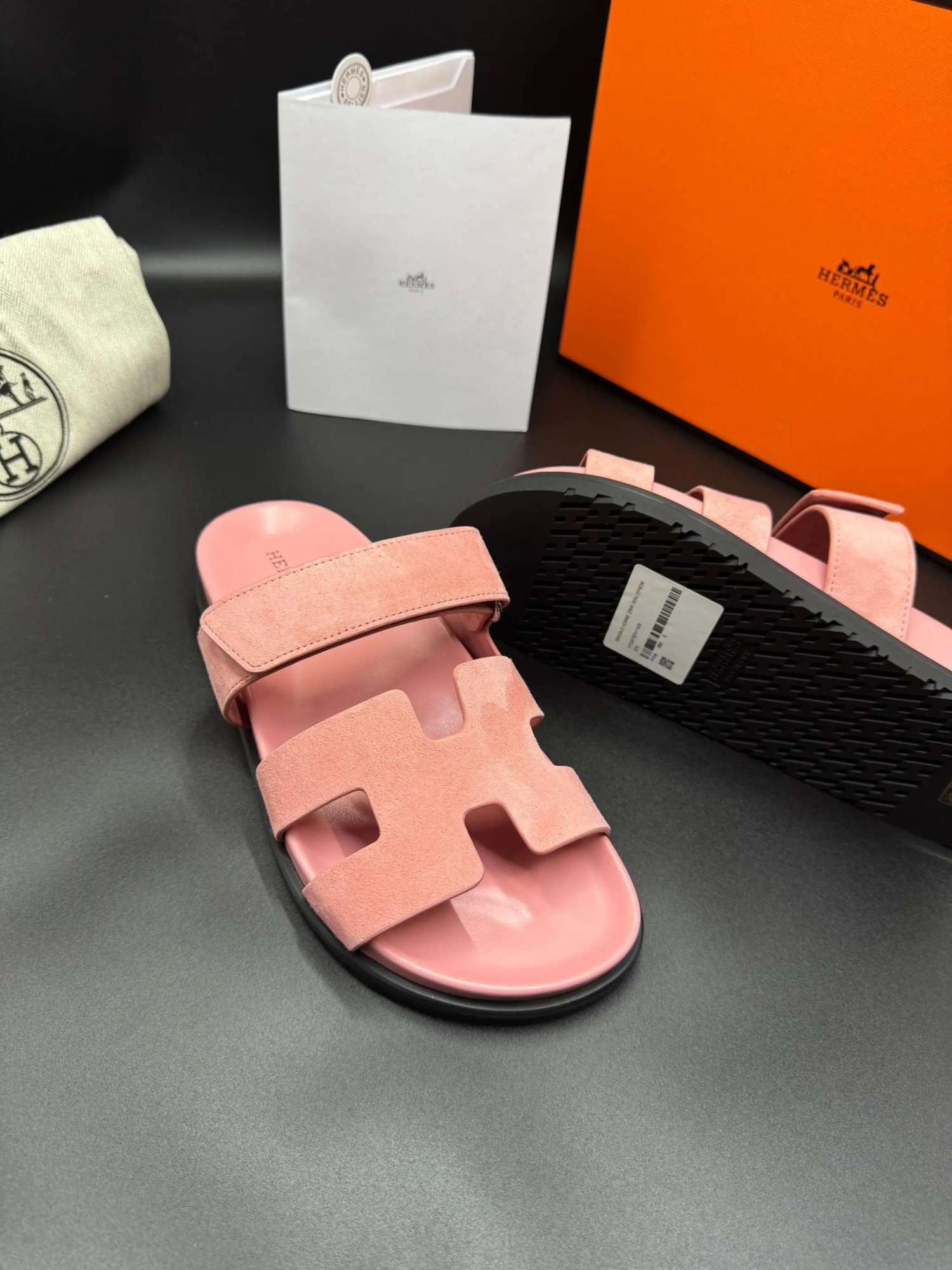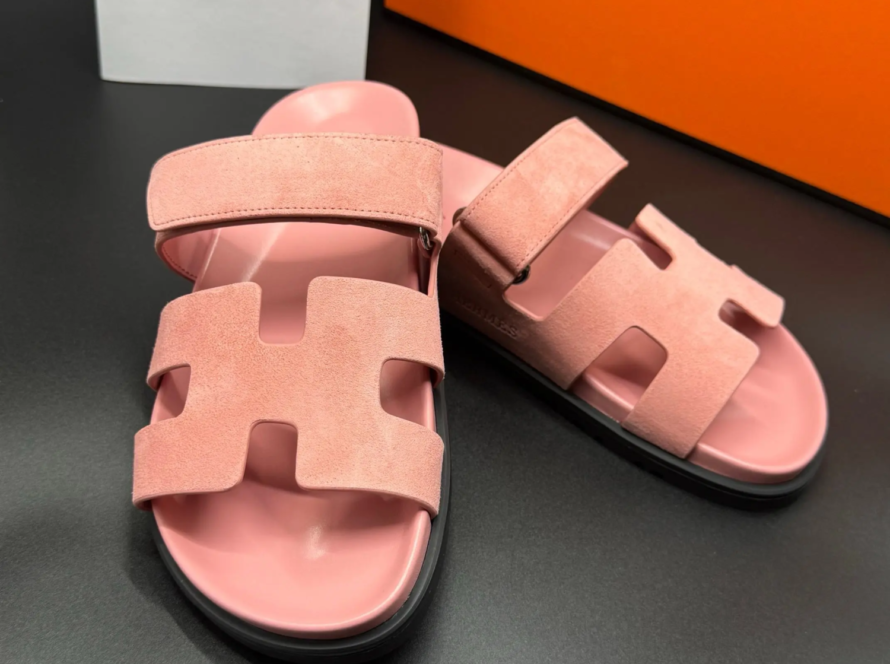
Shoes: A comprehensive guide to understanding its historical, design and cultural significance
introduce
These shoes are a ubiquitous part of our daily life, a basic aspect of our clothing, and reflect our personal style. From ancient civilization to modernity, shoes have undergone major transformations, influenced by technological advances, cultural exchanges and changes in social values. In this article, we will dig into the history of the shoe, its design and architecture and its cultural significance, thus gaining a comprehensive understanding of this basic footwear.
The history of shoes
The earliest known shoes date back to 7,000 BC, with evidence of leather sandals and original foot coverings found in ancient civilizations such as Egypt, Greece and Rome. These early shoes were designed primarily for protection and warmth, with little attention to aesthetics or fashion. With the development of civilization, the designs and materials used in footwear buildings have also developed. For example, the ancient Greeks wore sandals with intricate belts and decorative elements, while the Romans developed more refined footwear using leather uppers, wood or metal soles.
The Middle Ages saw the introduction of new materials and technologies, such as the use of wool and silk, and the development of more complex shoemaking methods. The Renaissance brought about a renewed interest in classical styles, as well as the emergence of ornate and decorative shoes. The Industrial Revolution marked a major turning point in shoe production and introduced mechanized manufacturing and mass production of shoes.
Design and construction
The design and construction of shoes have developed significantly over the centuries, influenced by technological advances, fashion changes and transfer of cultural values. Modern shoes are made from a variety of materials, including leather, synthetic and recycled materials. The design of shoes is also becoming more complex, combining ergonomics, cushioning systems and advanced materials.
The construction of shoes involves multiple stages, including design, prototyping, material selection and manufacturing. Shoe designers must consider factors such as comfort, durability and aesthetics when creating new designs. Material selection is also crucial, including breathability, waterproofing and sustainability. Using computer-aided design (CAD) software and 3D printing technology, the manufacturing process has become increasingly automated.
Cultural significance
The shoes have played an important role in cultural and social environments throughout history. In ancient society, shoes were often used as symbols of status, strength and wealth. In modern times, shoes have become a fashion statement, with designer brands and limited edition releases generating a lot of hype and demand.
The shoes are also full of symbolism, such as the association between high heels and femininity and strength, the connection between sports shoes and athletic achievement. The shoes also play an important role in shaping cultural identity, with traditional footwear (such as the Japanese Zōri or the Indian Mohari) being a symbol of cultural heritage.
in conclusion
In short, this pair of shoes is a complex and multifaceted object that plays an important role in human history and culture. From ancient origins to modern design, the shoes have developed to meet changing social needs and values. Whether as a symbol of status, fashion statement or a reflection of cultural identity, shoes remain an important aspect of our daily lives.
FAQ
Q: What is the oldest shoe?
A: The oldest shoes date back to 7,000 BC, with evidence of leather sandals and original foot coverings, such as Egypt, Greece and Rome.
Q: What materials are used to make shoes?
A: Modern shoes are made from a variety of materials, including leather, synthetic and recycled materials.
Q: What is the significance of shoes in different cultures?
A: Shoes have played an important role in cultural and social environments throughout history, usually a symbol of status, strength and wealth, or a reflection of cultural heritage.
Q: How did the design and construction of shoes develop over time?
A: The design and construction of shoes have developed significantly over the centuries, influenced by technological advances, fashion changes and changing cultural values.
Q: What is the future of footwear design and manufacturing?
A: The future of footwear design and manufacturing is likely to be caused by technological advances (such as 3D printing and sustainable materials) and changing cultural values and consumer needs.





